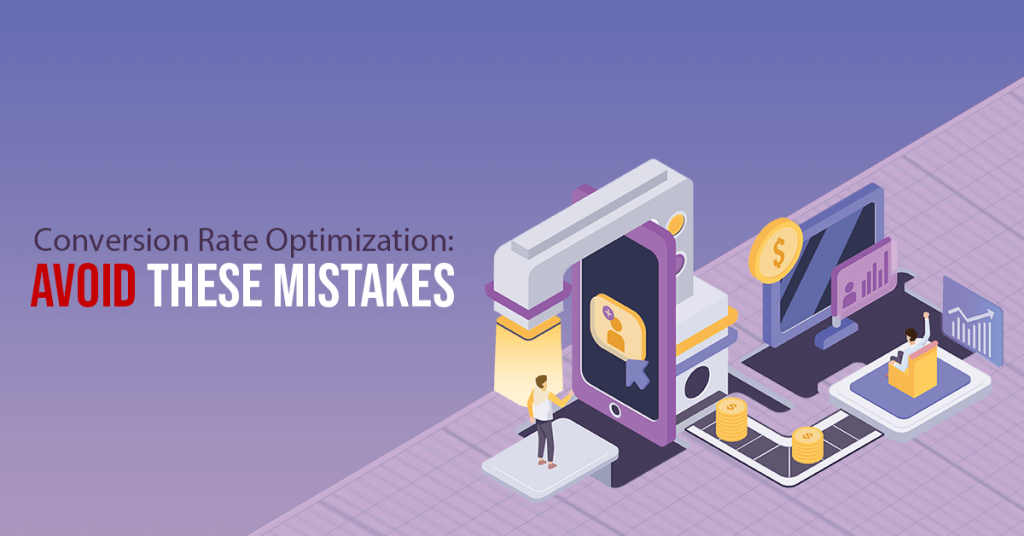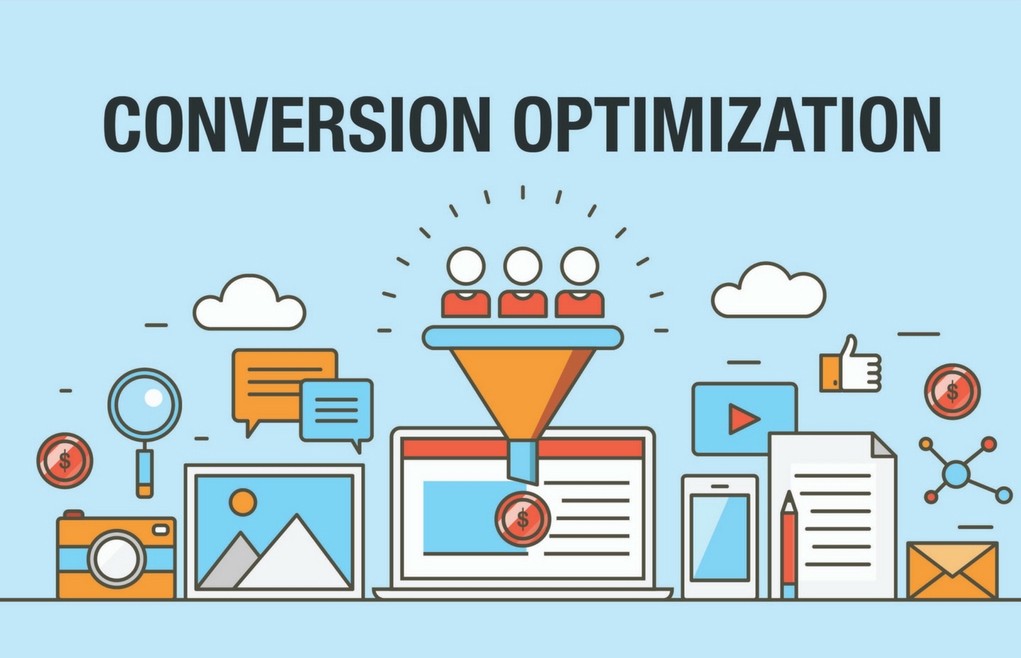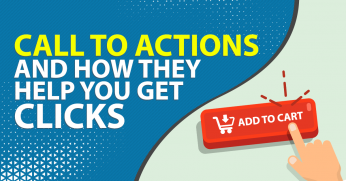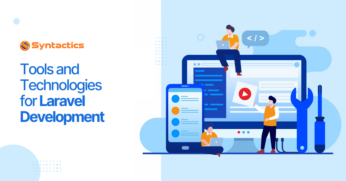
Conversion Rate Optimization: Avoid These Mistakes
Why should you, a website owner, care about optimization?
All websites are created for branding and marketing purposes. Getting traffic into them is always the focus of brand marketers. They’re constantly looking for ways to raise the number of visitors. Converting these visitors to actual customers, however, is a different scenario. Let me share some of the reasons why you should consider conversion rate optimization (CRO):
- Most likely, you’re paying someone or an SEO company for traffic to your site in one way or another. That means you are expecting a high conversion rate for a better return on that investment (ROI).
- It’s basically cost-effective to convert a higher percentage of your loyal visitors than to attract new ones.
- Additionally, implementing optimization counteracts the limited attention span of your average visitor by offering them immediately what they want before they get tired and move on to another website.
Optimization is about getting more of the right kind of audience. This is also where your digital marketing funnel strategy or marketing flywheel takes into effect.
Focus on finding THE customers who will most definitely love your product or service.
Besides, everything else will just be a waste of your time and resources.
What optimization is and is not
At its core, CRO simply means figuring out what your visitors are looking for when they arrive at your website and then offering exactly what they need.
Conversion rate optimization is:
- A systematically structured approach to improve your website’s performance
- Defined by your website’s unique needs and objectives
- Maximizing the traffic you already have
- Driven by insights from analytics and visitor feedback
It’s not:
- Based on blind hunches or guesses
- Just getting as many visitors as possible regardless of engagement or quality

Source: Medium
In the end, it just won’t give your business any value or profit if the people you’ve attracted to your website are the wrong audience.
Common mistakes that websites have that impacts conversion
Here are some of the most common culprits of websites without conversion rate optimization:
-
Your website is just visually unappealing and slow.
A visitor has stumbled across your very own site and is immediately unimpressed by your overall choice of theme, cheesy stock images, and font face. Remember, a great design draws attention and interest.
Even with amazing website design, however, speed is still the key for optimization and a converting website. KISSmetrics’ study shows these statistics:
- 47% of site visitors expect a webpage to load in 2 seconds or less.
- Around 40% of visitors decide to abandon a website that takes more than 3 seconds to load.
- There is a 7% reduction in conversions resulting from a 1-second delay in page-load time
- If an e-commerce site can make $100,000 per day, a 1-second page delay could potentially cost $2.5 million in lost sales annually.
-
Your website is confusing and difficult to use.
Perhaps your website makes perfect sense to you. However, for your visitors, it’s just a mess. It’s either because of poor layout, poor information structure, technical flaws, page errors or non-working call to action buttons that go nowhere.
-
Your website doesn’t meet user expectations.
If you intend to offer what they’re looking for, your visitors may have difficulty finding what you promised. People usually lack the motivation or time to hunt every page your website has. Hence, ensure that when they land on your page, they get what they need right away.
-
The people visiting your website aren’t your audience.
Perhaps you’ll need to review your digital marketing funnel strategy. If your visitors are bouncing off your site, it may be because they arrived based on a false expectation. To avoid this, ensure your promotional efforts accurately represent your product or service, and keywords align with your website’s objectives.
-
There is no Call to Action.
Here’s the scenario: Visitors arrive at your site, loved your content, and simply don’t know where to go next. It’s not clear how to buy your product, or subscribe to your service, or even pay for them. All in all, the visitor just has no idea what you want them to do and there begins a huge problem.
If your users find it hard to take advantage of what you’re offering them, you’re essentially sending them to your competitor websites.
-
Too Many Calls to Action (the exact opposite of the previous mistake)
On a website with too many calls to action, the visitor is exceedingly overwhelmed by too many possibilities. In our digital marketing funnel article, we talked about different audience clusters and when the proper timing of adding an effective call to action trigger should be implemented.
At the end of the day, these visitors might prefer the comfort of a simpler, less cluttered site.
Tools to avoid these mistakes and optimize your website
Conversion rate optimization best practices can further help you improve your results from the very beginning. In simpler words, you won’t have to start from nothing.
The following are a few tried-and-true best practices that will help you learn more on conversion rate optimization:
Define your audience
We have a dedicated article to discuss more how to develop your own digital marketing funnel in order to identify who your audience is.
Analyze the data you collected
Start tracking the behavior of your visitors and analyze patterns. Then, you can test out these tools for analytics:
- Google Analytics (free)
- KISSMetrics
- Mixpanel
- Segment.io
- Chartbeat
- Clicky
- RJ Metrics
- Woopra
- Chart.io
- Custora
- Sumall
- GoodData
- Omniture
Survey your visitors for their feedback
With analytics, you can only get as much information related to your visitors. It’s still best to ask your visitors to answer your polls and surveys. Just keep everything brief yet straightforward so you get more participation and direct responses.
Some of the tools recommended include Qualaroo, Survey Monkey, SurveyGizmo and PollDaddy.
Do A/B testing
It’s basically a method of comparing two web page versions against each other to determine and analyze which one performs better. Then you can execute an optimization.
Here are some tools that you can use: Optimize, Google Content Experiments, Visual Web Optimiser, and Unbounce

Source: Thetool.io
Try doing heatmap analysis
Run a heatmap analysis on your web pages to determine where people click and how they use the page. Afterward, you can use the resulting information to implement an optimization to those sections for maximum conversions.
Heatmap analysis tools that you can use include CrazyEgg and Click Tale.

Source: Conversionxl
Recommendation and things to keep in mind
In conclusion, conversion rate optimization is a continuous activity. Additionally, there will always be room for improvement as you scale up your website and accommodate more customers. Regular CRO audits will help you keep track of your efforts. With that, here are a few things that we need to keep in mind.
- Facts first before opinions
- Test everything more than once
- You will never be “done” with testing
- Hunches and guesses are great starting places, but…
- Spending more doesn’t necessarily mean you’ll be getting more
If you’re still unsure, you can always talk to a professional digital marketer for a guide.













Comment 0